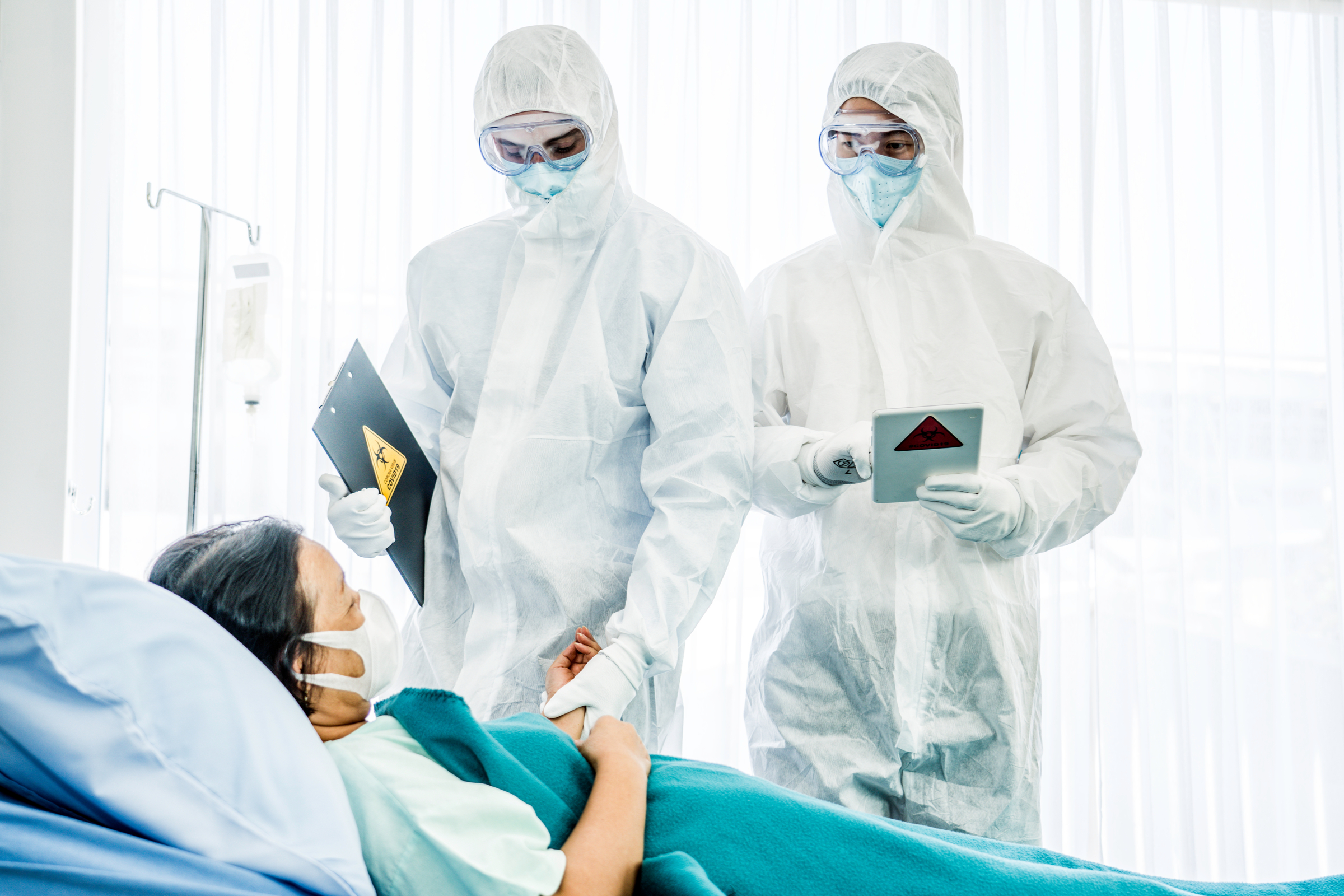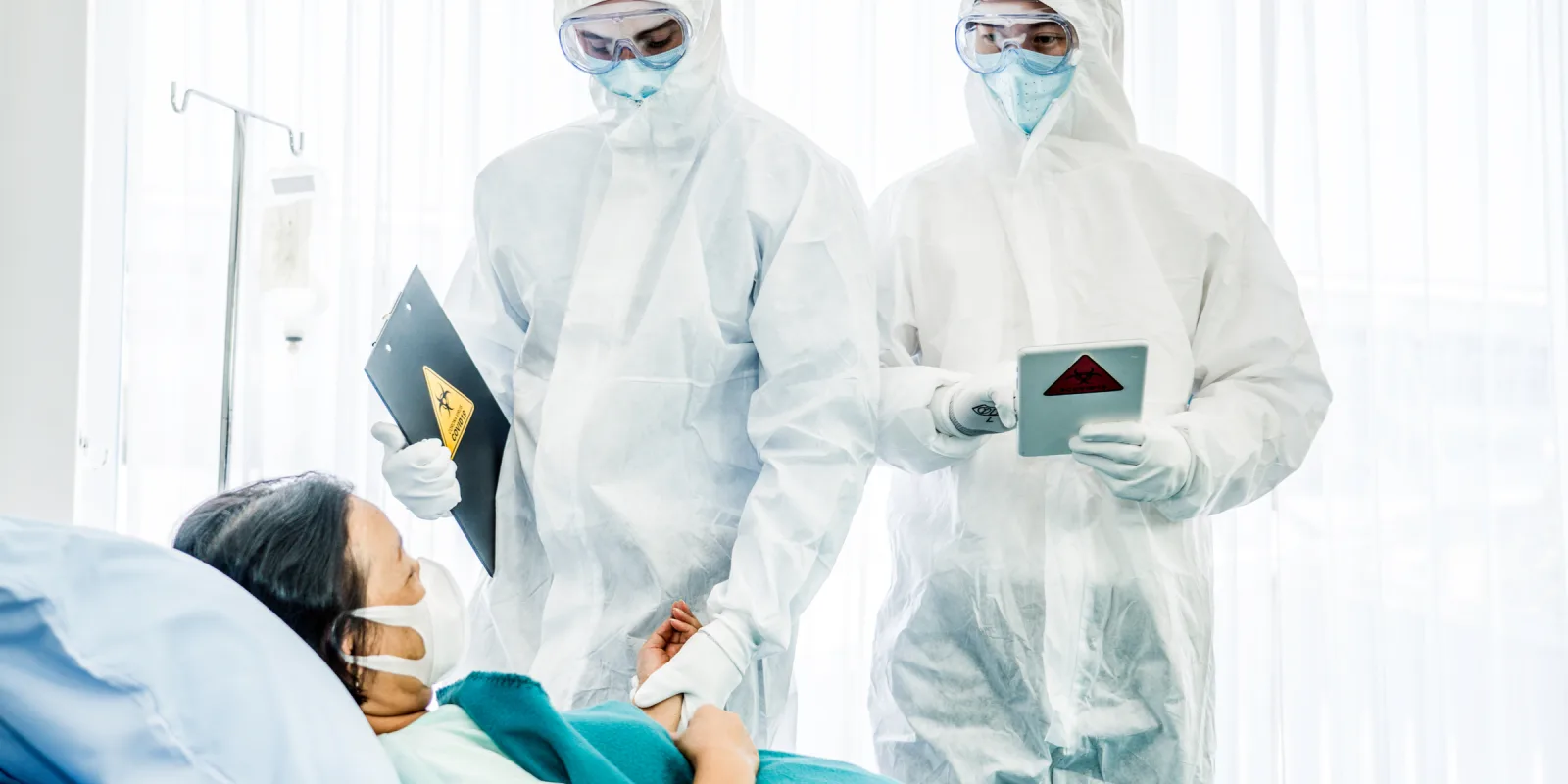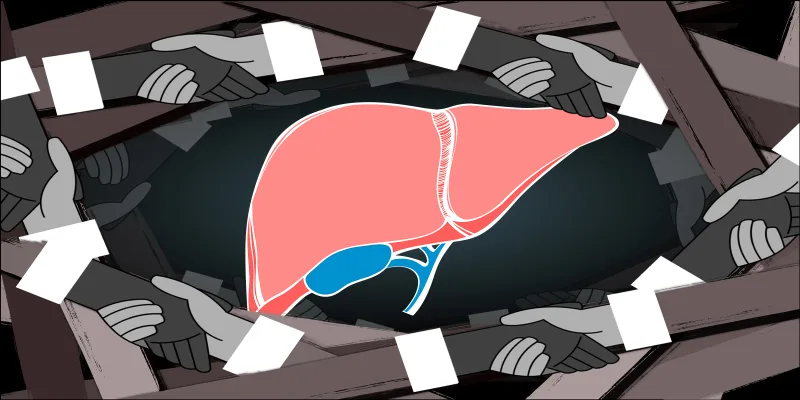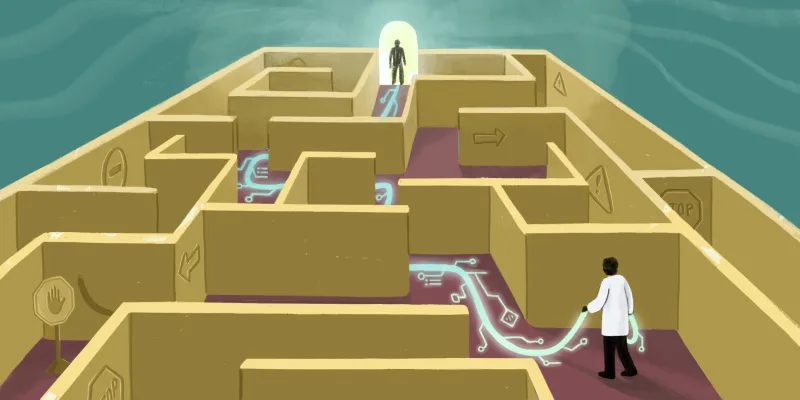 This morning (March 20th), Harvard University researcher Xihong Lin presented a webinar wherein she covered the most informative analysis we have seen to date of >25,000 COVID-19 cases in Wuhan, China.
This morning (March 20th), Harvard University researcher Xihong Lin presented a webinar wherein she covered the most informative analysis we have seen to date of >25,000 COVID-19 cases in Wuhan, China.
Our key takeaways for those who were unable to attend today’s webinar:
- TESTING IS KEY and is still woefully inadequate in the United States. Even with aggressive testing in Wuhan, models estimate that 60% of infections were unascertained.
- Travel shutdowns and self-quarantining can help but are NOT ENOUGH. Infected persons can still infect family and close contacts and these contact networks spread.
- The Chinese flattened their curve with their initial interventions but did not truly bend the curve until CENTRALIZED quarantine measures were undertaken. This “active suppression” component is what drove the outbreak’s R-value below 1.
- PPE in the U.S. is significantly less comprehensive and consistent than what was ultimately implemented in Wuhan and may be exposing U.S. health care providers to undue risk.
A Deeper Dive Into Lessons From Wuhan
Many of the key lessons from the Wuhan experience with COVID-19 are not yet being practiced in the U.S. (or in other countries currently struggling with this pandemic). We at Doximity thought it would be a service for our users to present the key takeaways of this Harvard study of Wuhan’s experience with COVID-19 as fodder for learning, discussion, and idea-sharing amongst our members. What follows is a short synopsis of some of the key learnings from the Wuhan experience with the COVID-19 pandemic.
First, a brief Wuhan COVID-19 timeline:
- Dec. 8th 2019: the first documented case in the Wuhan experience (near Huanan Seafood Market)
- Jan. 1st 2020: Huanan Seafood Market is shut down due to suspicion of being the source
- Jan. 11th 2020: start of the major travel season in China for the Spring Festival
- Jan. 20th 2020: first confirmation of human-human transmission
- Jan. 23rd 2020: initiation of Cordon Sanitaire (the restriction of movement of people into or out of a defined geographic area, such as a community, region, or country)
- Jan. 30th 2020: WHO declares “public health emergency of international concern”
- Feb. 2020: Wuhan initiates the utilization of “mobile cabin” hospitals (Two whole hospitals and 16 field hospitals were built, in addition to leveraging hotels and empty dormitories for additional bed capacity.)
- Beyond Feb. 2nd 2020: centralized treatment and isolation strategies substantially reduce transmissions and incident cases
- Mid-April to Late May: predicted date of zero cases in Wuhan
The experience in Wuhan, China, was a tragic one in many regards, BUT, it should remind us all that, with the implementation of the appropriate protective measures and interventions, there is hope that we can successfully fight off COVID-19.
The population of Wuhan, China is ~11 million. As such, it proffers some significant learnings that might be applied in major metropolitan areas with populations of similar sizes. The key learnings from the Harvard study on the Wuhan experience include:
- The initial city lockdown and associated traffic ban in Wuhan did help to begin to turn the tide but were NOT enough.
- R0 went from 3.8 to 1.3 with the initial lockdown, suggesting the spread of the virus decreased BUT CONTINUED.
- Family transmission was found to be very common.
- It was difficult, even in the context of Chinese society, to enforce that suspected cases stay at home.
- Traffic bans were found to compromise an infected person’s ability to seek out medical care when necessary.
What implications do these initial learnings have for how we have chosen to deal with the crisis to date in the United States? Can “self-quarantining” as remediation ever be sufficient?
The imposition of CENTRALIZED quarantine measures in February 2020 is what truly began to bend the curve in Wuhan.
- Infected (and highly suspicious) cases were significantly less likely to infect others when centrally quarantined.
- Centrally quarantined patients immediately received medical care when needed.Only if a patient progressed to become severely ill while in quarantine, they would be immediately transferred to an ICU in main hospitals. This led to the total ICU burden being significantly reduced.
- Overall, centralized quarantine made case and close contact management and provision of immediate medical care MUCH EASIER.
The three most vulnerable groups in need of protection are:
- Health care workers
- The elderly
- Family members and close contacts of confirmed (or highly suspicious) cases
We may not be currently protecting our health care workers sufficiently. Patients suspected of having COVID-19 were NOT seen in ERs or PCP offices in Wuhan. Instead, designated clinics were established to separately evaluate these cases. They isolated infected patients from the pre-existing health care system. The Chinese were concerned that transmission may occur via hair (eyebrows, eyelashes, etc). Wuhan health care workers wore full protective suits. A few weeks after this data was collected, Chinese news reported that NONE of the 42,000 health care workers who travelled to assist in Wuhan were infected, suggesting the effectiveness of full protective gear.
Increasing testing capacity for early diagnosis is CRITICALLY important.
- Modelling of cases from Wuhan concluded that upwards of 60% of infected cases were likely unascertained.
- Asymptomatic/unascertained cases can often infect others, propagating the cycle.
- In Wuhan, community leaders checked every household, door by door, for subjects with symptoms. Subjects (and their close contacts) were taken for testing.
- Early diagnosis and early treatment will help prevent cases from progressing to become severe cases.
The question that persists after considering the Wuhan experience is what, if any, of the measures that helped bend the COVID-19 curve in China might be feasible in our society. The circumstances in several major U.S. cities are rapidly evolving and, unfortunately, much of the initial data is beginning to paint a picture similar to what has been seen in areas ravaged by this pandemic like various parts of Italy (or the state of affairs early on in Wuhan). Several cities, municipalities, and broader regions in the U.S. have begun to take measures akin to some of the more aggressive approaches ultimately employed in Wuhan.
Other questions to consider:
- What do you think about the viability of such measures in the U.S.? (Are we capable of imposing measures such as centralized quarantines?)
- What happens when our hospital/ICU capacities are breached?
- What has your experience been like testing/treating COVID-19 on the front line? Have you found testing to be reasonably accessible? Is your PPE sufficient?
Share your opinions and experiences below. In times like these, with a crisis like COVID-19 beginning to significantly impact many of our communities, communication and learning from one another’s experiences is absolutely critical. Doximity is committed to helping U.S. health care providers communicate and hopefully improve our collective chances to flatten the curve of COVID-19’s impact in the U.S. (and beyond).
Image: XiXinXing/Shutterstock
References
Professor Xihong Lin (Professor of Biostatistics at the Harvard T.H. Chan School of Public Health) presented her team’s research as outlined in a new paper: Evolving Epidemiology and Impact of Non-pharmaceutical Interventions on the Outbreak of Coronavirus Disease 2019 in Wuhan, China. [Note: this paper has not yet been peer-reviewed and is currently in pre-print status. All summary/data points herein are attributed to Professor Xihong Lin and her team.]
Click here to see more perspectives on COVID-19 from the Doximity network.
Click here for up-to-date news about COVID-19 on Doximity.







